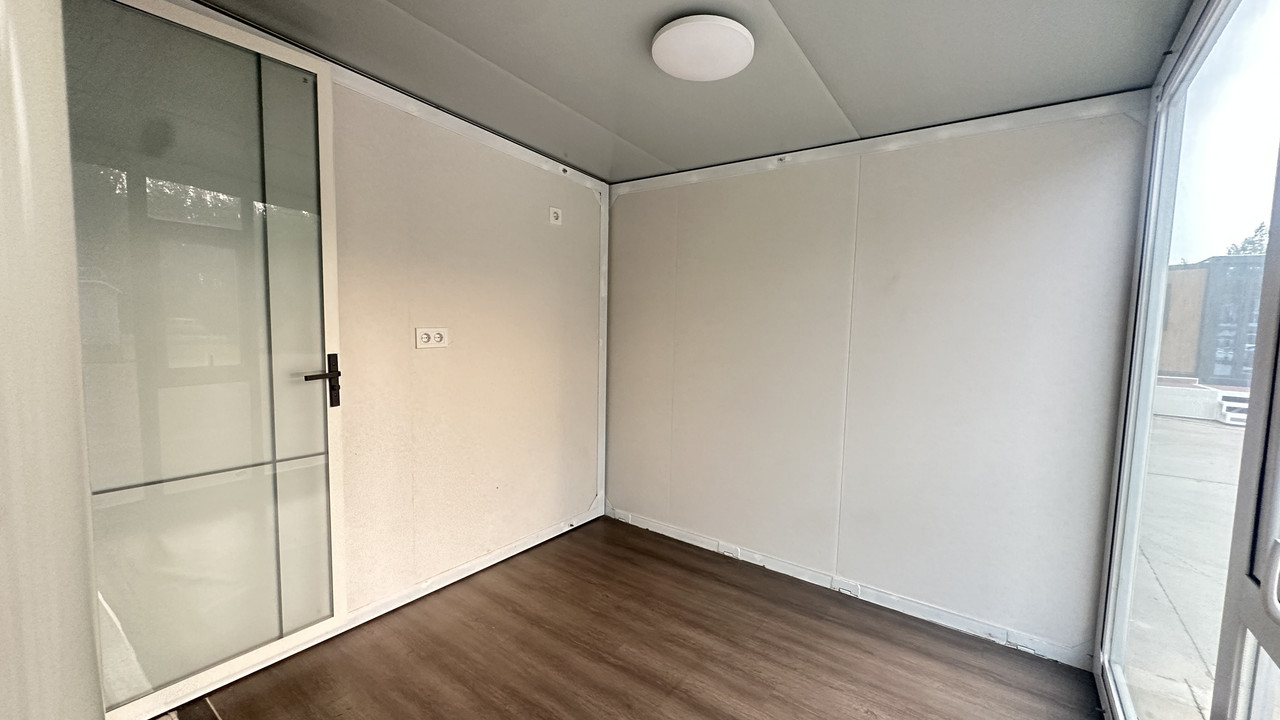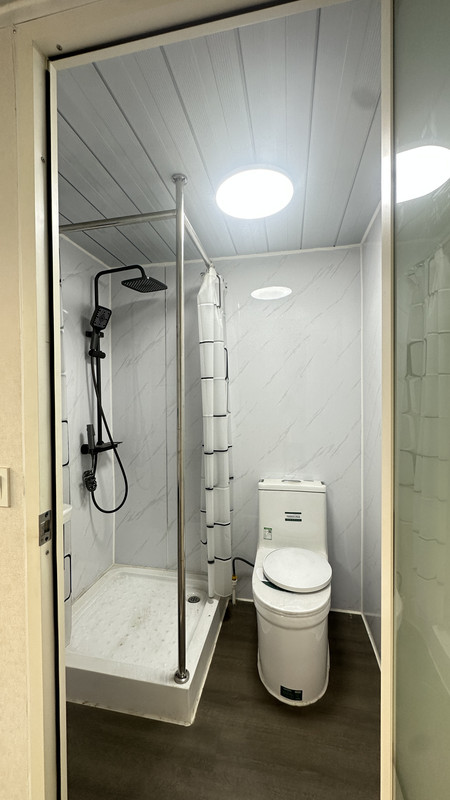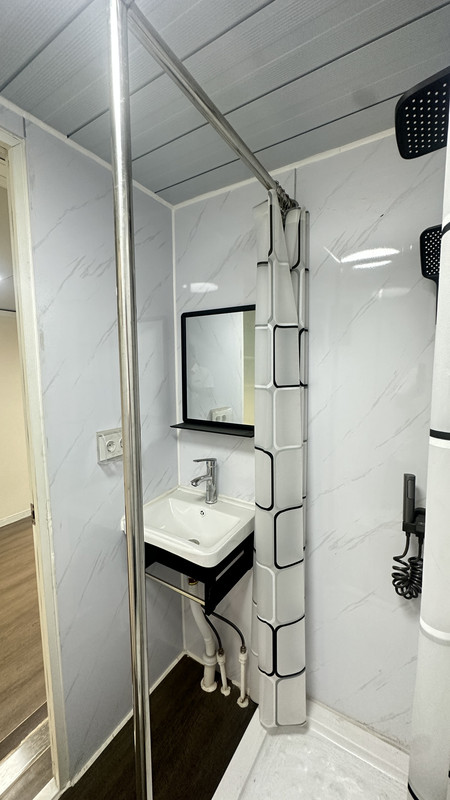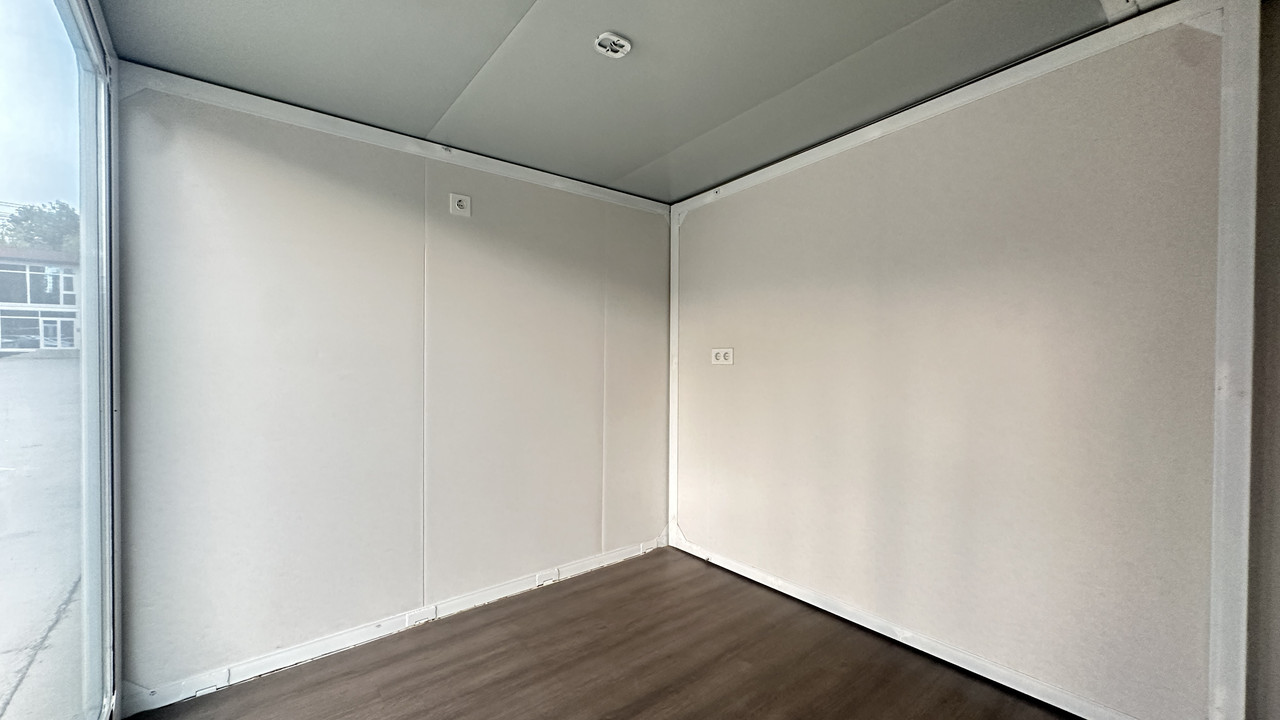Discover how 10ft expandable container houses are transforming home goods with innovative, space-efficient designs. Explore features, benefits, and practical applications in this comprehensive guide.
In the ever-evolving world of home goods, innovation constantly reshapes how we think about living spaces. Among the most exciting developments is the rise of expandable container houses – compact yet surprisingly spacious solutions that blend sustainability with modern design. Today, we’re diving deep into the 10ft expandable container house, a game-changer for homeowners, minimalists, and adventure seekers alike. Let’s unpack why this portable powerhouse deserves your attention in today’s home goods landscape.
What Exactly Is a 10ft Expandable Container House?
Imagine a sturdy steel box no larger than a standard parking space that transforms into a fully functional living area at the push of a button. That’s the magic of a 10ft expandable container house! Built from repurposed shipping containers, these units feature fold-out sections that expand to nearly triple their original footprint. Unlike traditional tiny homes, they combine industrial durability with residential comfort, making them a standout in the home goods market.

Collapsed for easy transport, this compact unit hides surprising potential within its steel frame.
Key Features That Redefine Home Goods
What sets these containers apart from conventional housing options? Let’s break down their standout features:
- Lightning-Fast Setup: Expand from transport mode to livable space in under 15 minutes – no construction crew needed!
- Space Optimization: Walls fold out to create 250-300 sq ft of living area, complete with designated zones for sleeping, cooking, and relaxing.
- Eco-Friendly Materials: Made from 85% recycled steel with solar panel compatibility and rainwater harvesting systems.
- Climate Control: Insulated walls and double-glazed windows maintain comfortable temperatures year-round.
- Customizable Interiors: Choose from modular furniture packages that maximize every inch of space.

Once expanded, the interior reveals a surprisingly spacious and well-designed living area.
The Expansion Process: Engineering Marvel in Action
Curious how these units work? The expansion mechanism is pure engineering brilliance. Hydraulic systems smoothly unfold side walls while floor sections slide into place, all controlled by a simple smartphone app. Watch this demonstration to see the transformation in real-time:
Your browser does not support the video tag.
This seamless process eliminates the headaches of traditional construction, making it a favorite among home goods innovators and DIY enthusiasts.
Interior Design: Small Space, Big Possibilities
Don’t let the compact footprint fool you – these containers offer sophisticated interiors that rival conventional homes. Smart storage solutions include:
- Wall-mounted fold-down tables and Murphy beds
- Underfloor and ceiling storage compartments
- Modular kitchenettes with induction cooktops
- Space-saving bathrooms with composting toilets
Take a virtual tour to appreciate the thoughtful design:
Your browser does not support the video tag.

The kitchenette maximizes functionality without sacrificing style or storage.
Why Choose an Expandable Container House?
In today’s home goods market, these units address several modern needs:
- Affordability: At $15,000-$25,000, they cost 70% less than traditional tiny homes.
- Mobility: Transport them anywhere via standard flatbed trucks.
- Sustainability: Lower carbon footprint than conventional construction.
- Speed: Move-in ready within hours of delivery.
- Regulatory Flexibility: Often classified as temporary structures, bypassing strict building codes.

The expanded exterior maintains a sleek profile while offering significantly more living space.
Practical Applications Beyond Traditional Housing
These versatile units shine in various scenarios:
- Backyard Offices: Create instant remote workspaces without home renovations.
- Vacation Rentals: Deploy quickly on rural properties for Airbnb income.
- Emergency Housing: Rapid deployment during natural disasters.
- Pop-up Shops: Mobile retail spaces for festivals or markets.
- Guest Suites: Accommodate visitors without permanent construction.

Nestled in nature, these units provide comfortable off-grid living without sacrificing modern amenities.
Getting Started with Your Expandable Container
Ready to join the home goods revolution? Here’s how to proceed:
- Assess your needs: Determine primary use and required amenities.
- Research manufacturers: Compare warranties, customization options, and delivery logistics.
- Check local regulations: Verify zoning laws and permit requirements.
- Plan utilities: Arrange water, electricity, and waste connections.
- Prepare the site: Ensure level ground with proper drainage.
Many suppliers offer virtual consultations to help you design the perfect unit for your lifestyle.
The Future of Home Goods is Here
As urban spaces shrink and environmental concerns grow, expandable container houses represent a brilliant intersection of innovation and practicality in home goods. They challenge our notions of what constitutes a “home” while offering unprecedented flexibility. Whether you’re a digital nomad, environmentally conscious homeowner, or simply someone seeking affordable housing alternatives, these units deliver a compelling solution.
The marriage of industrial durability with residential comfort makes 10ft expandable container houses more than just a trend – they’re a glimpse into the future of adaptable living. As this technology continues to evolve, we can expect even smarter integrations with home automation and sustainable systems. For now, they stand as a testament to human ingenuity in reimagining home goods for the modern age.
